Water Quality and Aquaculture
Supporting the sustainable expansion of aquaculture in the South West: integrated understanding of water quality and policy influence
By directly addressing a range of critical issues constraining the development of the marine aquaculture (seaweed and shellfish mariculture) sector in SW England, this collection of SWEEP work has contributed to its advancement through the following projects:
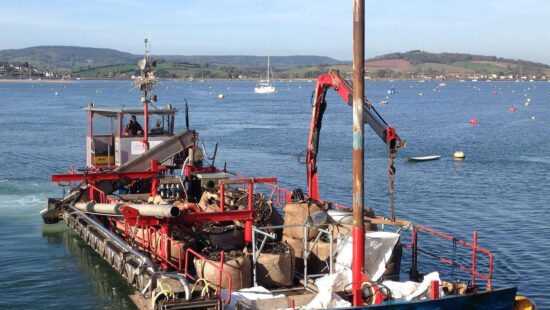
Source-to-sea modelling application of a wholescape approach in the Exe estuary catchment
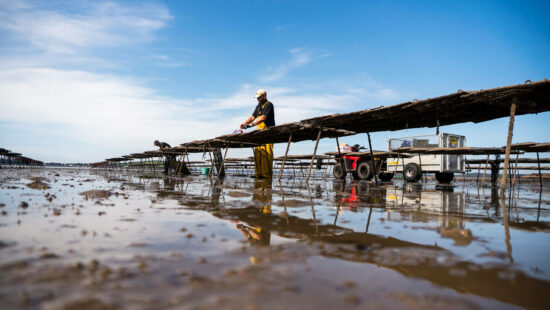
Informing English Aquaculture Strategy
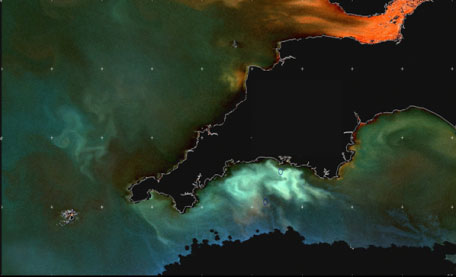
Development of the ‘One Health’ concept to sustainable food systems, application of …
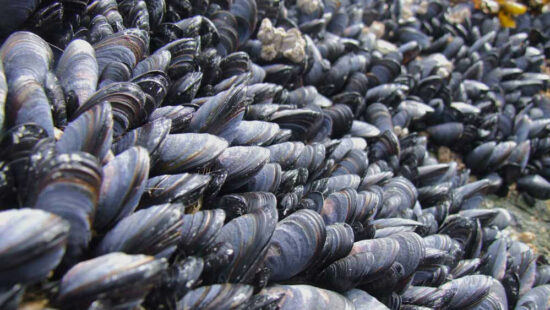
Developing evidence to support Food Standards Agency consideration of adopting a more …
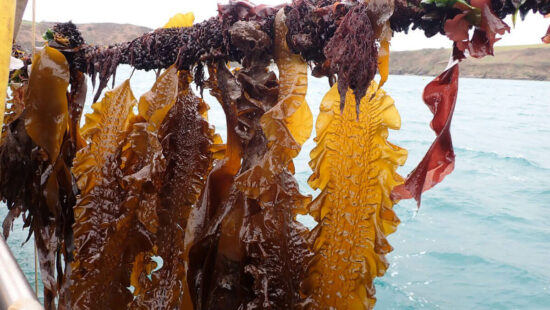
Maximising environmental benefits of South West seaweed farming potential
Why it matters
Sustainable growth in marine aquaculture (mariculture), involving the farming of seaweeds, shellfish and finfish, will be essential in helping to provide global food security for the ever-expanding human population. Shellfish and seaweed mariculture are highly sustainable; they use natural sunlight, available nutrients and/or marine planktonic microalgae to grow. Seaweeds remove nutrients, shellfish help curb eutrophication and seaweed and shellfish mariculture can also contribute to climate change mitigation, through carbon sequestration and net zero carbon emissions respectively, and to habitat enhancement for biodiversity.
Shellfish mariculture production in the South West (SW) is currently estimated at 7,300 tonnes per year (£8m; 2022) from across 35 registered production sites, with around 53 individual beds (Figure 1). The predominant species produced by value is blue mussel, followed by Pacific oyster and clams. Production methods include rope, net/cage, trestle and bed culture. Seaweed mariculture is in early stages of development, with production levels currently limited to <100 tonnes (wet weight) per year.
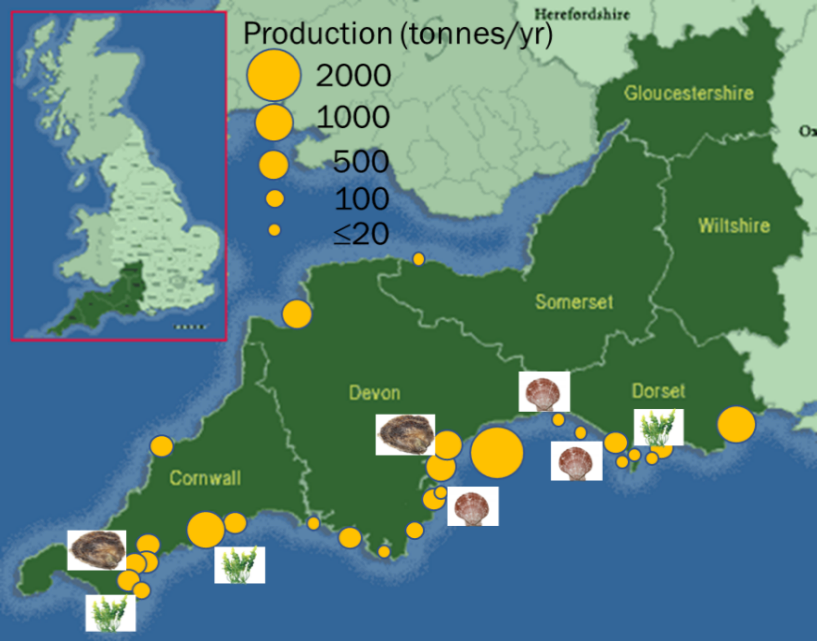
Poor water quality is the main environmental constraint to bivalve shellfish production and results from microbial contamination originating from Combined Sewer Overflows (CSOs), extensive grazing of livestock on grassland, indoor livestock rearing and poor slurry management. Production sites compete for space with capture fisheries and Marine Protected Areas (MPAs). The sector is also at risk from Harmful Algal Blooms (HABs). A rigid testing regime and highly precautionary approach to interpretating results (including outliers) for authorisations also inhibits growth.
There is potential to grow the mariculture sector around the SW coastline in coastal and estuarine areas, as well as less congested offshore areas. However, this would require a holistic catchment-wide approach to water quality management and an integrated approach to marine spatial planning. The 2020 English Aquaculture Strategy (EAS), to which this project contributed evidence, recognises the sector’s potential in its central vision:
By 2040 English aquaculture is a significant contributor to seafood consumption and the Blue Economy, providing sustainable, healthy food and rewarding employment opportunities.
English Aquaculture Strategy. Seafood 2040
The neglect of water quality over the past 30 years has severely damaged the shellfish industry inshore and now threatens the survival of developments offshore.
John Holmyard, Offshore Shellfish Ltd.
1 Eutrophication is an overabundance of nutrients in water, which can induce Harmful Algal Blooms (HABs). HABs (or excessive algae growth) are algal blooms that causes negative impacts to other organisms by production of algal toxins, mechanical damage to other organisms, or by other means. HABs can occur naturally or appear as a result of human activity.
2Seafood 2040. English Aquaculture Strategy.
